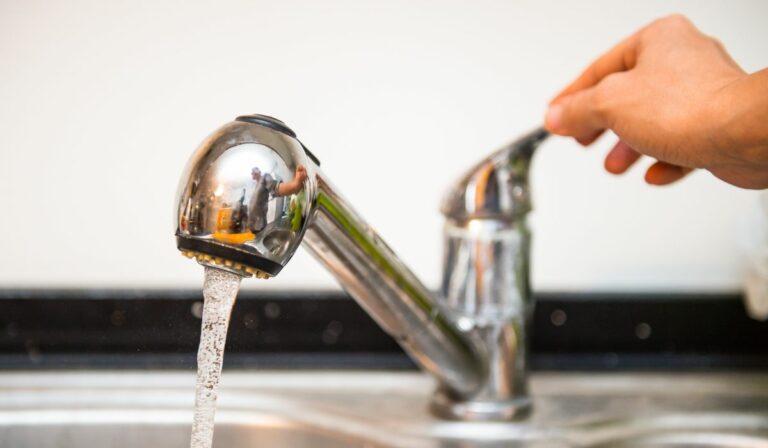How Much to Install a Bathtub: Cost Guide
Planning to install a new bathtub but unsure about the costs involved? Whether you’re renovating your bathroom or upgrading an old fixture, understanding the expenses behind bathtub installation can save you time and money. In this guide, you’ll learn about the key factors influencing installation costs, types of bathtubs and their price ranges, and practical tips on budgeting effectively. By the end, you’ll be ready to make informed decisions for your next bathroom project.
Factors Influencing Bathtub Installation Costs
Several elements impact how much you’ll spend installing a bathtub. Location plays a significant role, urban or remote areas can affect labor rates and material availability. The condition of your existing plumbing and waterproofing affects the complexity of installation: older homes often require upgrades that drive up costs. Also, the type of bathtub you choose, accessibility to the installation site, and any demolition or disposal fees for your old tub all factor into the overall price. Even small details like permits and inspections sometimes contribute to final expenses. Understanding these factors helps you anticipate your budget realistically.
Types Of Bathtubs And Their Price Ranges
Bathtubs come in various materials and styles, each with its own price range. Acrylic tubs, popular for their affordability and ease of installation, typically run between $200 and $1,000. Fiberglass models are similar in cost but less durable over time. For a more luxurious experience, cast iron tubs offer durability and heat retention, though they range from $1,000 to $3,000 or more. Stone and copper tubs are high-end, starting around $3,000 and reaching well above $7,000. Keep in mind, some specialty tubs, like whirlpool or soaking tubs, have additional costs for extra plumbing and electrical work, which can increase overall installation expenses significantly.
Cost Breakdown: Materials, Labor, And Additional Expenses
Your bathtub installation budget typically splits into three main categories: materials, labor, and extras. Materials cost covers the tub itself plus plumbing fixtures, waterproofing, and tiling if needed. Labor costs vary depending on complexity but generally average between $50 to $100 per hour. Installation can take anywhere from a few hours to a full day, depending on the setup. Additional expenses might include demolition and removal of the old tub, bathroom modifications, permit fees, and disposal costs. For example, removing an old clawfoot tub might be more labor-intensive, so adding to the price. Always ask your contractor for a detailed quote to avoid surprises.
Step-By-Step Installation Process And Associated Costs
Installing a bathtub is a multi-step process, with costs tied to each phase. First, demolition and removal of the old tub can cost $200 to $500, depending on complexity. Then, plumbing adjustments and waterproofing are necessary, which can add $300 to $1,000, especially if you need to reroute pipes or reinforce the subfloor. Setting the new tub usually takes a few hours of labor, about $200 to $800 in costs. Finishing touches such as tile work or installing aprons and trim range widely but often add several hundred dollars. Sometimes, unexpected issues like mold or structural damage emerge during these steps, increasing both time and cost. Being aware of this process helps you plan your budget more accurately.
How To Budget And Save On Bathtub Installation
Budgeting smartly for your bathtub installation can reduce costs without sacrificing quality. Start by selecting a tub that fits both your style and budget: acrylic tubs provide a great balance between price and durability. Get multiple quotes from licensed contractors to compare rates and include potential extras upfront. You might save by scheduling installation during off-peak seasons or bundling your project with other bathroom upgrades. DIY aspects like removing your old tub can cut labor costs, but only if you’re confident. Also, look for promotions on fixtures, and recycle your old tub if possible for a small credit. Planning and flexibility can make your installation more affordable.
Common Installation Challenges And How They Affect Costs
Certain challenges during bathtub installation can add unexpected costs. Structural issues like rotting subfloors require repair before installation, which can add hundreds or even thousands to the bill. Plumbing complications, such as outdated or improperly sized pipes, may mean extensive rerouting. Limited bathroom access or unusual layouts complicate installation and increase labor time. Other hurdles include ensuring adequate ventilation to prevent mold and meeting local building codes. Being upfront about your bathroom’s condition with your contractor can help anticipate these problems, allowing you to budget accordingly and avoid mid-project surprises.
Conclusion
Installing a bathtub involves a variety of factors that influence the total cost. By understanding the types of tubs available, the breakdown of materials and labor, and the step-by-step installation process, you can better prepare your budget. Being aware of common challenges and employing smart budgeting strategies will help you avoid unexpected expenses while achieving a beautiful, functional bathroom centerpiece. With careful planning and informed decisions, your bathtub installation can be a smooth and satisfying upgrade to your home.

